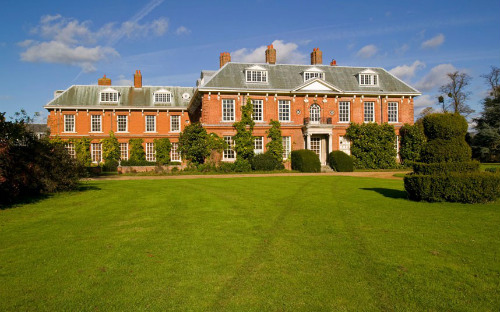CARP’s brief supporting Age Friendly Cities (2012) indicates clearly that where we live – in our home and our community – has a huge influence on our health and our well-being. For most of us aging in place is our goal. We want to stay in the community where we have roots. A November article in CARPActionOnLine explored how one senior, retired architect David Reich, was able to re-fit his home to accommodate his post-polio condition. However, for a variety of reasons many are looking for other options: to be closer to children or like-minded other retirees; to find communities with more extensive social support, or self-contained neighbourhoods where getting around is easy and activities available and accessible.
A major problem for Canadians of all ages is the lack of affordable housing, exacerbated by a huge backlog of needed repairs in public housing, and the effects of federal and provincial cut-backs of funding for affordable housing. Recently there has been some increase in such projects, but nowhere has it come close to closing the gap between what is needed and what is affordable. To add to the problem, the emphasis on condo building and the lack of apartment construction has pushed “market” rate rents sky high in most major cities.
For many older Canadians, inner city living is no longer a priority, particularly if they can find a community in an area that suits their needs. Long term care homes are needed when someone requires extensive assistance. However, for others, retirement residences – where one pays rent and enjoys all the amenities offered – may be a choice, but among the growing number of other options are Life Lease and Land Lease developments, as well as Co-Ops , Co-Housing and other innovative spin-offs. They all have their attractions but, as usual, as soon as we start exploring pitfalls as well as advantages, every question leads to another question.
Probably the fastest growing type of community is Life Lease. They exist across the country but are the most developed in Manitoba, Saskatchewan and Ontario. It is estimated that there are probably some 200 across the country and that number is growing, most sponsored by non-profit or charitable organizations, with a smaller number provided by charitable groups working with private developers.
You would want to know the track record of the sponsoring organizations. Other questions would include: can you rely on them in the long term; if there is a delay or construction is not completed, what are your options; is your investment protected; is there a dispute mechanism; are there community activities available that you would enjoy; when you sell will you get market value and is the philosophy of the retirement community one with which you would feel comfortable?
One of the advantages is that Life Lease allows one to purchase a “Right to Occupy” apartment at less than market price, plus a monthly maintenance fee, and when the suite is “sold”, the original owner “sells” the lease, minus an administrative fee. While most well-run Life Lease projects can expect to increase in value, this is not guaranteed. In addition, when Life Lease was still in its infancy, many purchasers did not have legal oversight of their contracts, and have run into problems because important items were not clearly spelled out, such as how resale value is determined and what percentage is taken by management, whether sub-lease is allowed and other important considerations.
Both Manitoba and Saskatchewan have legislation governing Life Lease projects. Ontario does not, although discussion has gone on in the province for a number of years. The Land Transfer Tax is not applied for those purchasing in non-profit or charitable Life Lease developments in Ontario. Nevertheless it is it is vital that all purchasers get legal advice from a lawyer who is familiar with these types of contracts.
Another type of development is Land Lease. In some areas the homes are permanent structures, but there are also trailer parks which come under this designation. While the tenant owns the home, the land is leased. In Ontario, for example, this means they are subject to provincial landlord-tenant legislation, including rent increases. However, if the owner of a trailer park decides to sell to a developer, the tenant only has one year to make arrangements to move out of the park. Unfortunately, this has been a serious problem for some residents who have had difficulty relocating.
In the next CAROL IN YOUR CORNER, we will discuss Land Lease in more detail, as well as a variety of other housing options.
Word count 760

